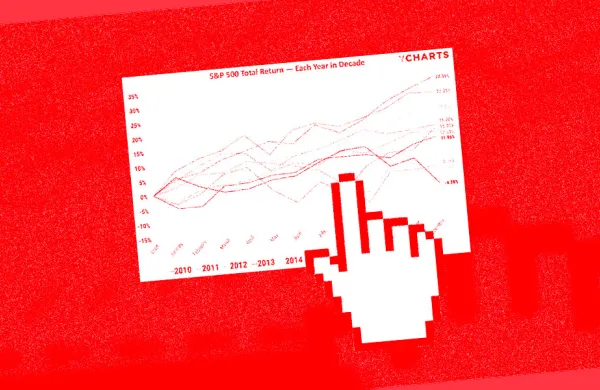There’s a yawning gap between the promise of equity long-short funds and the reality of their performance. Many managers of equity long-short funds pitch the product as giving investors two-thirds of the upside and only one-third of the downside of equity markets.
But an analysis of the five years through the end of March shows a far different story. Investors in the average equity long-short hedge fund saw gains that represented about one-quarter of the upside in stock markets and 100 percent of the downside of equities, according to upcoming research from Andrew Beer, managing member of liquid alternatives firm Dynamic Beta Investments. Investors, of course, invest in these funds to protect their portfolios during stock market declines.
“The idea that investing in a single equity long-short manager is less risky than investing in the market is categorically untrue,” said Beer, in a phone interview.
For the five years ending March 31, the average maximum drawdown of 225 equity long-short hedge funds with $100 million in assets in the HFR database was 22.98 percent, according to Beer’s analysis. In comparison, the average max drawdowns of the S&P 500 and MSCI World indices were 19.6 percent and 21.04 percent, respectively.
Five years ago, Beer found 445 equity long-short hedge funds with $100 million in HFR’s database; only 225 remained five years later. Beer said that the data clearly reflects survivorship bias. “The survivors generally have outperformed the dead by 400-600 bps per annum,” Beer wrote in the analysis. “Funds generally stop reporting to the database due to poor performance. Therefore, due to survivorship bias, we believe the drawdown figure is understated.”
Meanwhile, on an annual basis over the same five-year period, the HFRI Equity Hedge index returned 1.08 percent; the S&P 500 returned 6.71 percent; and the MSCI World returned 3.85 percent.
[II Deep Dive: Long-Short Equity Hedge Funds Keep Losing Investors]
Some of the leading equity long-short mutual funds have also performed miserably. Over the five years ending March 31, 2020, the maximum drawdown of the Boston Partners Global Long/Short Fund was 23.3 percent, with a compound annual loss of 1.9 percent, according to separate research of public information by Dynamic Beta for Institutional Investor. This year through June 19, the Boston Partners fund lost about 10.58 percent, according to Morningstar.
The Gotham Absolute Return fund had a maximum drawdown of 17 percent and a compound annual loss over the five years of 0.8 percent, Dynamic Beta research shows. Year-to-date the Gotham fund lost 10.57 percent as of June 19th, according to Morningstar.
AQR’s Long/Short Equity fund had a maximum drawdown of 32.2 percent and a compound annual return of 0.6 percent, Dynamic Beta found. This year through June 19, the fund lost 16.61 percent, according to Morningstar, whose website shows the fund has $524.5 million in assets. In February 2018, the fund had $6.2 billion.
There were some better performing mutual funds. The John Hancock Long/Short fund had a compound annual return of 2.5 percent during the five years and a max drawdown of 10.1 percent.
Beer says investors need to reduce the risk of single managers in hedge fund strategies, including equity long-short and managed futures funds. Beer’s analysis didn’t include the dispersion of equity long/short funds, but he said, “a good rule of thumb is 30 percent or more a year within a category.”






